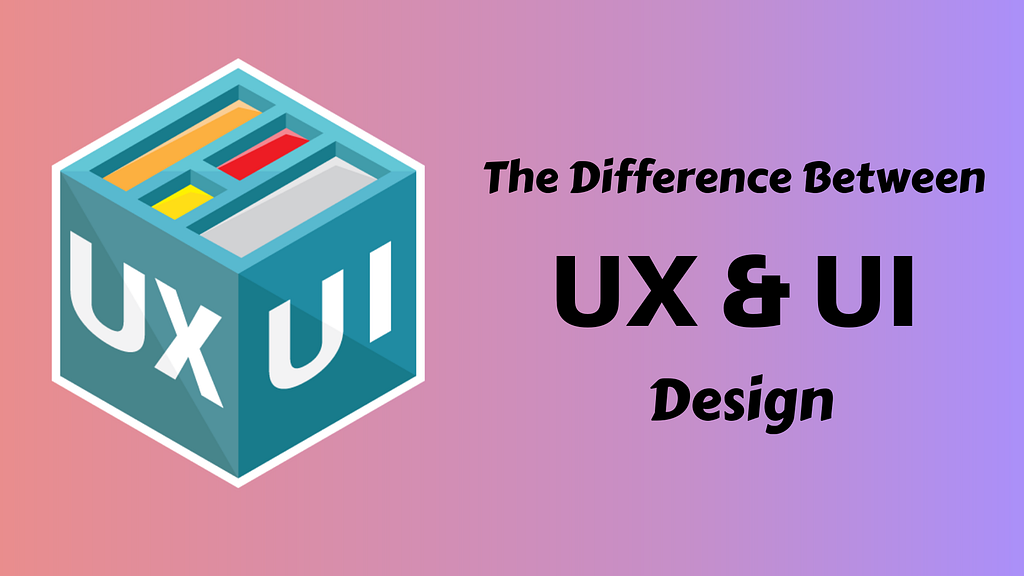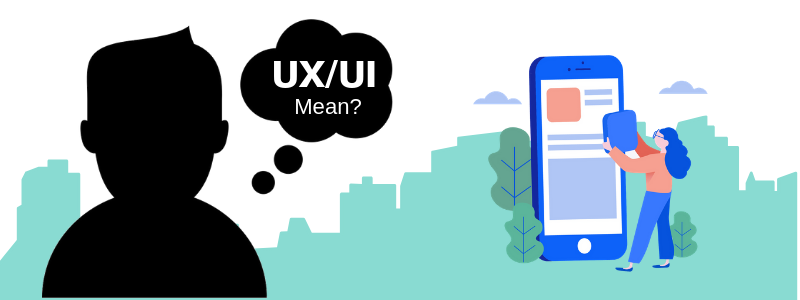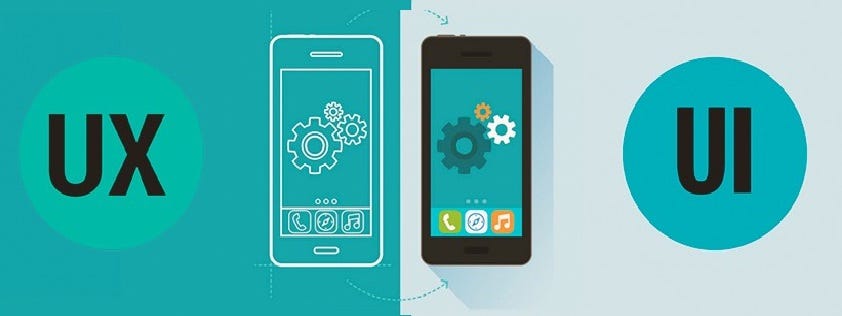Latest news about Bitcoin and all cryptocurrencies. Your daily crypto news habit.

Many business owners are from non-technical background and terms like UX and UI design gives them a dilemma. They just want to go hell out of this technical world, but just can’t as without being on an online platform a business is nothing. Many think that developers and designers use it as a slang to convey some message. No matter what is the reason, every business owner should be familiar with these terms to build an amazing website that help you attract more visitors.
So what does UI and UX mean?
To simply put across, UI is anything a user may interact with to use a digital product or service. This includes everything from screens and touch screens to keyboards and sounds. In your website, user interface enable the customers to interact with your product or services.
UX stands for user experience that addresses the needs of customers. It is evolved as a result of the enhancement to UI. This involves all the positive negative feedbacks of users, or neutral or changed behaviors of how users felt about those interactions.
In this article, we’ll discuss about 4 common differences between UI and UXthat being a business owner or a layman one should know:
- UX cannot be replaced with UI-
User Experience or UX is the process in which the needs of the users are evaluated. From this point, estimated prototype is outlined which is later validated through testing. When business model and the value proposition have been validated together a product is built.
And for UI, you can think of something like this: User Interface=Visual design + Interaction design
UI is all about visual appearance and feel of the site that adds to your brand. Interaction design is nothing but how people interact with your site. However, both UI and UX interacts with the users, but you can consider “UX designs”as the architects of macro-interactions while UI designers are the creators of micro-interactions, looking after every minute details.
A UX designer will probably design the user flows, for example the steps that a user would take a sign up for newsletter. So what are the steps to be included and how will they know? Further these things are forwarded to UI designers. They will refine those interactions; add colors and emphasis to the original designs giving users the clue they need to navigate the sign up process.
2. UX makes interfaces helpful, and UI makes it eye-catchy-
We all know that the product is helpful it meets the needs of the customers that have never been met before. A UX designer is responsible for performing competitor analysis, creating personas and then developing MVP (minimum viable product) to target your customer base. This further validated with testing process throughout the product life-cycle.
“O”nce the user flows and wireframes are prototyped and tested, then the UI designers come into play to make it pleasing and beautiful”. This process includes a color scheme and typography that will be both alluring and easy-to-use. However, always keep in mind, the color choices and typography is not dependent on the designers. It is based on the personas of buyers along with valid reasons outlined by UX designers. With this, UI designers visualize the hierarchy that guides users by letting them know what to do and what not to do.
3. UX enable users to achieve their goals whereas UI make emotional connections-
Visitors come to your website to do stuff whether it is researching or purchasing something. Some may do random surfing for fun, but some may visit the site with a goal in mind. The UX side looks at people like researchers and tries to figure out their preferences. They ask questions, survey and prepare a prototype and perform some testing to see if they can validate their business and valuable products.
Once you’re done with this, now designing interface that connects the users emotionally is difficult. People may be attracted to your site because of its color, stunning design and they may be on your website for a while if it allows them to do something on their own.
And once they get a personal connection, they’re hooked! Does your interface make them laugh? Is it cheeky? That’s where the UI designers come into play.
4. UX is for products, interfaces, and services, but UI is only for interface-
UX design is a broad concept that is becoming the new limelight today. Not only companies with web presence, but those that develop products and develop other services are finding UX valuable as it is helping their users and validating their hypothesis before they build the final product.
Whereas User Interface is meant for interfaces only, which doesn’t mean it is restricted to graphical user interfaces of tablets, computers, and mobile devices. You can see interfaces on smart home appliances like washing machines, watches and things like car dashboards, etc.
More so, even Apple has introduced one feature that allows users to open their car door with the help of their phone. Therefore, it is important for every business and designer to design the interfaces by keeping customer preferences at the heart of the design.
ConclusionIt is impossible to disentangle “UX from UI and UI from UX”, however, we have try to conclude factors for both UX and UI as:
- UX designer help you accomplish meaningful tasks across different platforms and services.• UI design makes compelling and beautiful interfaces that connects with humans and their choices.
The Difference Between UX and UI Design was originally published in Hacker Noon on Medium, where people are continuing the conversation by highlighting and responding to this story.
Disclaimer
The views and opinions expressed in this article are solely those of the authors and do not reflect the views of Bitcoin Insider. Every investment and trading move involves risk - this is especially true for cryptocurrencies given their volatility. We strongly advise our readers to conduct their own research when making a decision.


